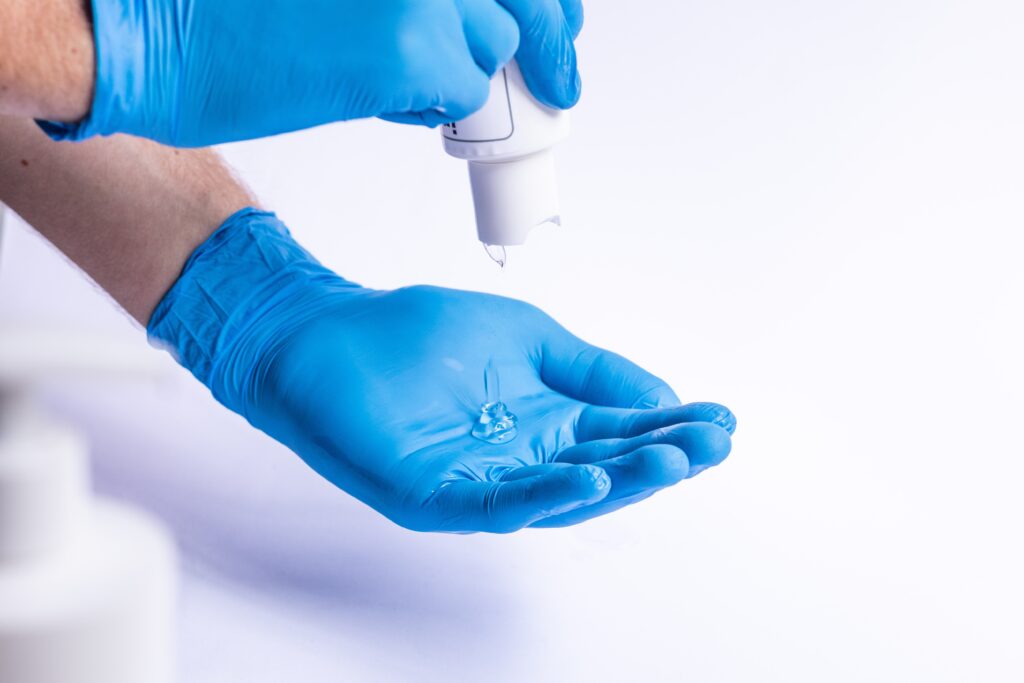Sex should be a fun, safe, and consensual activity between partners. However, it is important to understand the risks that can come with sexual intercourse, especially when it is experienced without protection. Sometimes, you may have to pay the price if there is negligence when you make sexual contact with your partner. Unsafe sex can be a severe threat to your evergreen sexual health.
In this post, you will find out who is more prone to acquire a sexual infection! Furthermore, you will determine when you should go for the STI test!

Who Is Likely To Get Infected?
Anyone who is sexually active is at risk of obtaining an STI. It can be acquired through any sexual activity that includes skin-to-skin contact, as well as any sort of exchange of bodily fluids. STI’s do not discriminate against gender, race, sexual orientation, or personal hygiene. However, there are some important factors to consider when understanding what causes STI’s and who is most at risk:
Unsafe Sex
Those who have multiple sexual partners but continuously neglect the use of condoms, are putting themselves and others at risk. Safe sexual contact using a condom can save your sex organs and act as a contraceptive agent. There are condoms available for both genders, which helps prevent the invasion of infective agents through fluids and skin contact.
Multiple Sexual Partners
There is nothing wrong with having multiple sexual partners, as long as it is safe and consensual on both parts. Although, it is important to know that multiple partners increases your risk of acquiring an STI/STD. Which is why it is encouraged to take an STI test regularly to ensure you are not carrying the infection and affecting anyone else.

Child in the Womb
Unfortunately, a child resting inside the mother’s womb has a high risk of infection. If any parent is a carrier of the infection or disease, it will transfer to the child. Sometimes, the fetus gets an infection from the birth canal at delivery. But the most common route is the placenta, through which the mother shares nutrients and other materials for the growth and survival of the child. It’s necessary to conduct theSTI test of a pregnant woman to ensure she is safe to give birth to a healthy child.
Blood Transfusion
Although the name of the disease indicates that it transmits through sexual contact, other routes are also available for the transfer! Blood transfusion is a bridge that allows harmful microbial agents to transfer from one person to another. Therefore, it’s best to screen the sample before withdrawing and injecting.
Contaminated Material
Those who use contaminated syringes for injecting drugs are at high risk of getting infections. Unfortunately, it is a common practice in most hospitals. Therefore, it is better to use disposable syringes and surgical equipment.

Final Words
It is always beneficial to be aware of your own sexual health and understand the warning signs that your body may present to you when it is carrying infection. You should also have an idea of where STI’s come from, and what particular situations can raise your risk.
